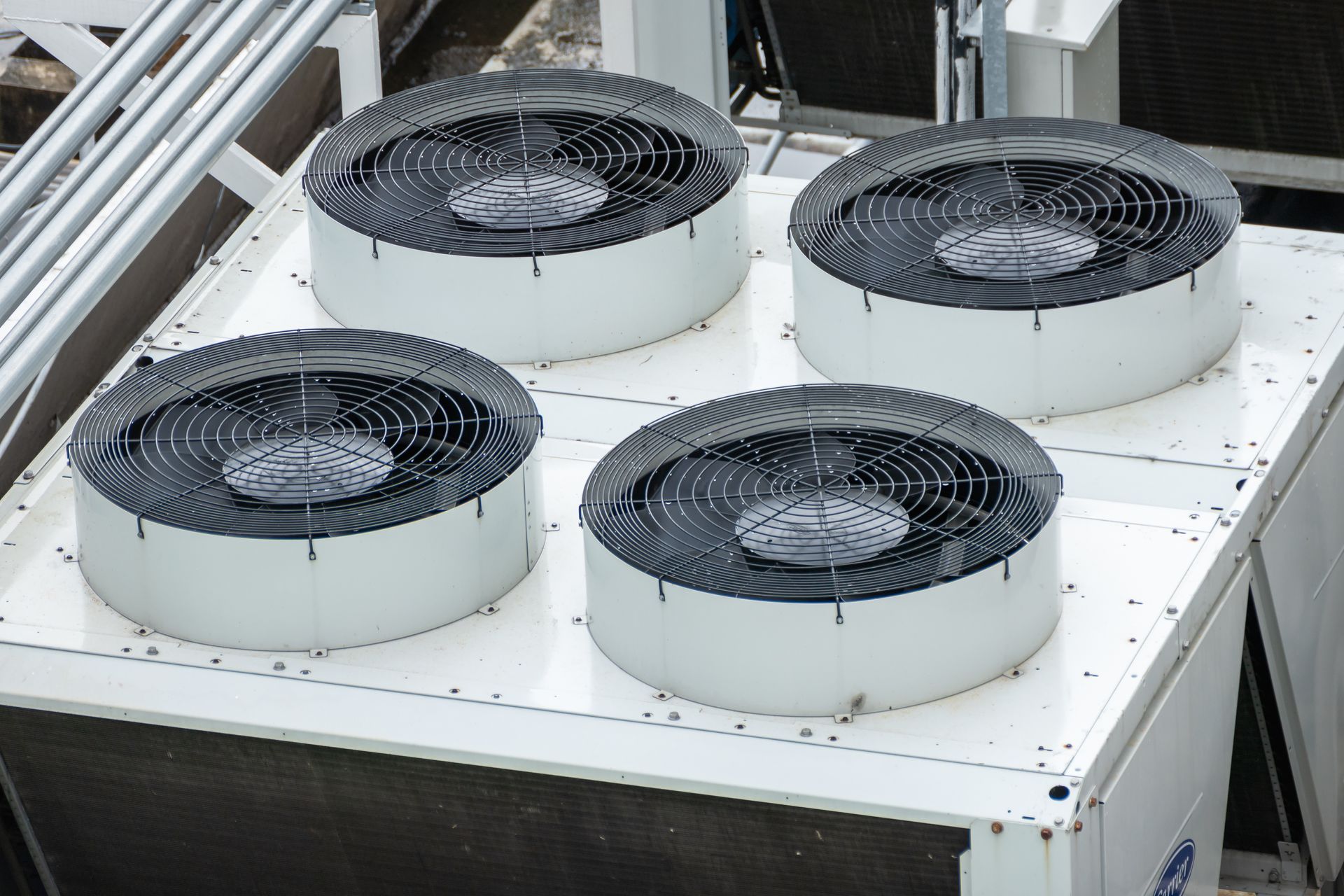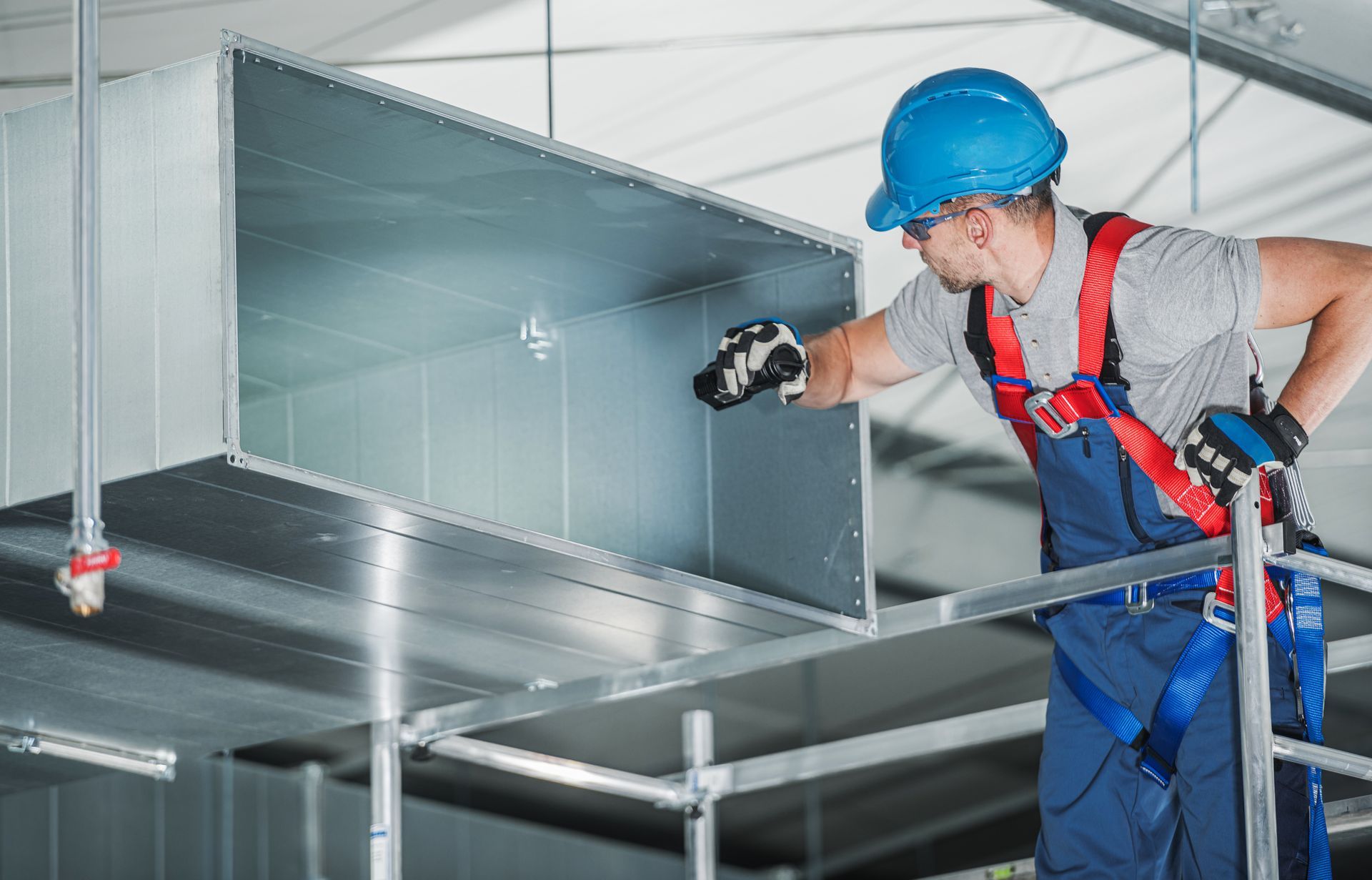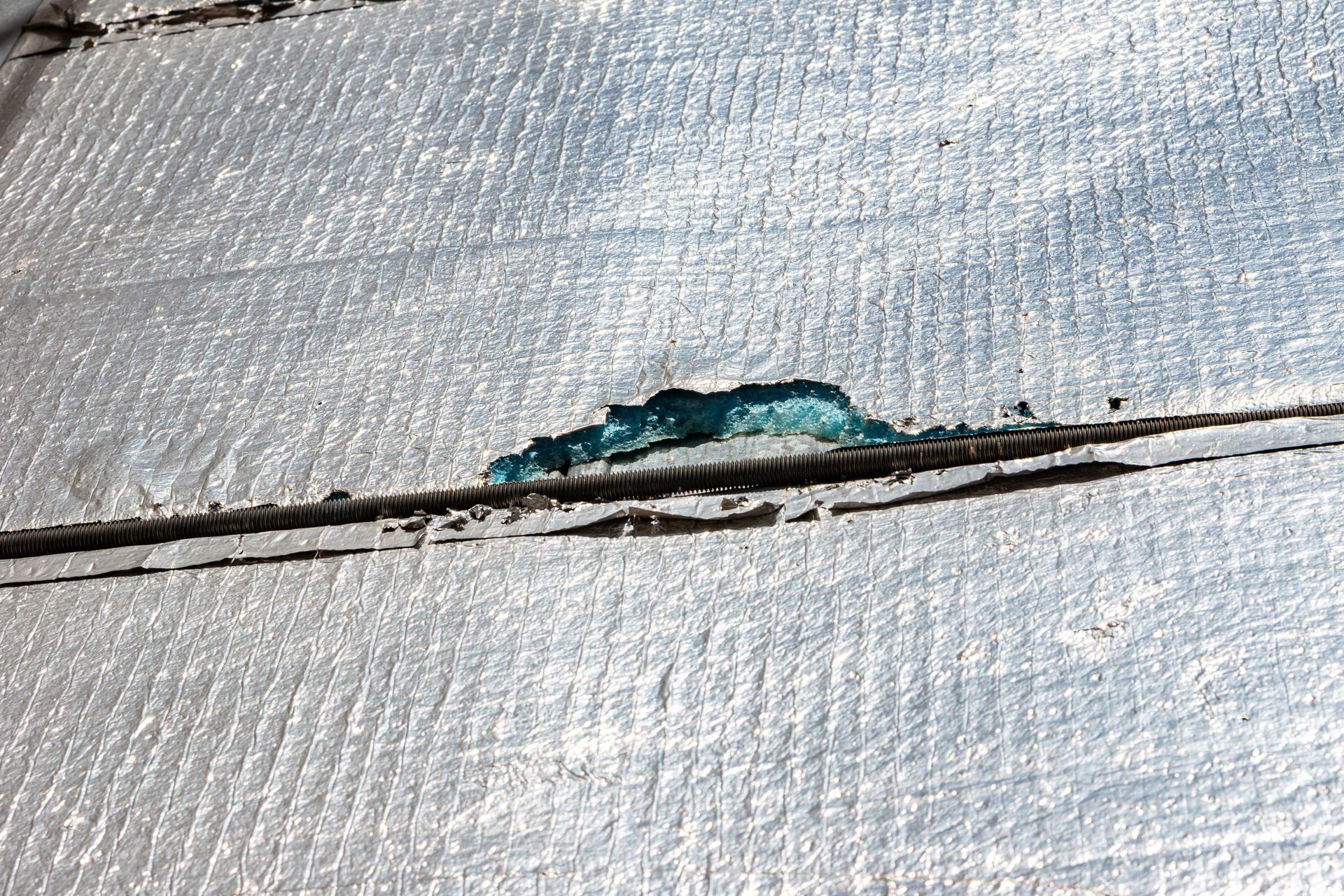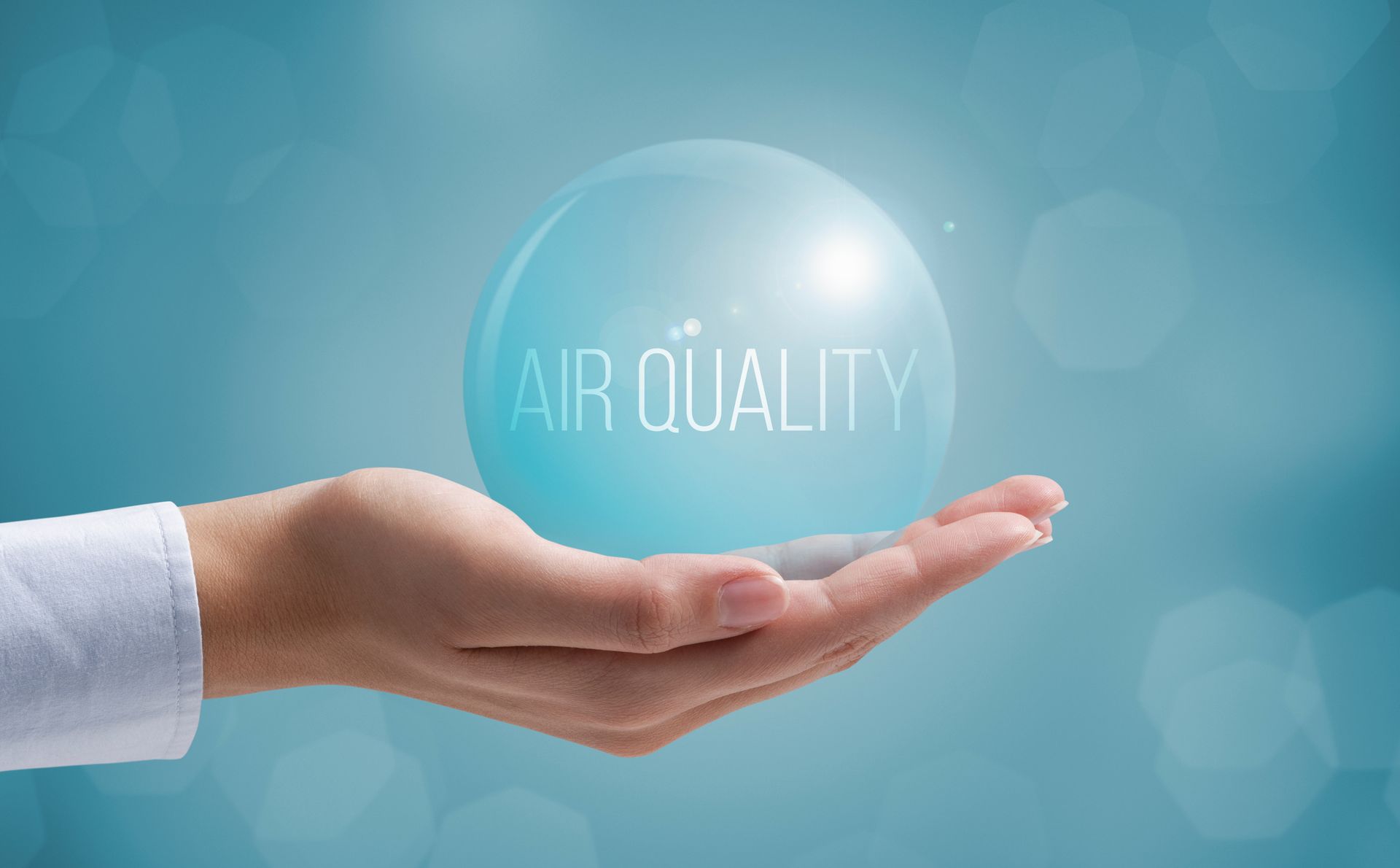How Commercial Buildings Can Prepare for DFW Fall and Winter Weather
Share

Long cooling seasons are typically the focus of HVAC system design in North Texas. While the region doesn’t see months of heavy snow like northern states, sudden cold fronts, ice storms and occasional hard freezes can still disrupt operations and cause costly damage.
Preparing HVAC systems and building infrastructure for these seasonal shifts helps facility managers avoid emergencies, reduce downtime and keep tenants comfortable.
Hope for the Best, But Prepare for the Worst
Typical fall and winter days in North Texas bring mild temperatures. But the region is also prone to “blue northers”—fast-moving cold fronts that can drop temperatures by 30 degrees in a matter of hours. Ice storms are more common than snow, but they can be equally dangerous, coating rooftops and stressing drains.
The years between severe, prolonged freezes can lull property owners and managers into a false sense of security. It only takes one disastrous and expensive winter weather event to remind building owners that local infrastructure isn’t built for sustained subfreezing conditions.
That’s why it’s best to prepare your HVAC system as if this winter will be one for the history books. It’s better to be pleasantly surprised by mild temperatures than to be chagrined by frozen pipes and failed rooftop units that require you to spend thousands of dollars on emergency repairs.
Preventive HVAC Maintenance Before the Season Changes
A fall maintenance visit is the most cost-effective step in preparing a commercial building for colder weather. Common tasks include:
- Inspecting heat exchangers and burners to ensure combustion systems operate safely and efficiently.
- Checking belts, motors and filters so airflow isn’t restricted once heating demand increases.
- Calibrating thermostats and controls to verify they respond properly to both heating and cooling commands.
- Testing emergency shutoffs and safety controls before equipment is put under stress.
Regular maintenance not only prevents breakdowns but also ensures a smoother transition between cooling and heating modes.
Freeze Protection for Vulnerable Systems
Even though deep freezes are rare, they can be damaging. Buildings with exposed piping, rooftop units or cooling towers should have basic freeze protection measures in place:
- Pipe insulation for exposed water lines and condensate drains.
- Heat trace systems where water must remain flowing.
- Drainage checks to make sure water isn’t pooling on rooftops where it can freeze and create hazards.
- Verification of heat strips and coil heaters in air handlers.
Many of these measures require minimal investment but protect against catastrophic failures during hard freezes.
Storm Readiness for Rooftop Equipment
Fall in DFW often brings severe thunderstorms and high winds. Rooftop HVAC units and other equipment should be secured against shifting or vibration. Facility managers should also ensure roof drains are clear so heavy rain or ice doesn’t cause ponding, and that access panels are fastened properly to avoid wind damage.
Proactive checks reduce the chance of roof leaks or equipment damage during storms.
Balancing Heating Loads in Multi-Tenant Buildings
In multi-tenant or open-plan commercial spaces, heating demands can vary widely, and not just because of variation in tenant usage. South-facing spaces warm quickly from sun exposure, while shaded zones stay cooler. Without proper controls, this can lead to uneven comfort and wasted energy.
Zoning and smart controls help distribute heat efficiently across different tenants or departments. This not only improves comfort but also reduces overhead by preventing unnecessary runtime.
Monitoring and Adjusting During Rapid Shifts
DFW weather can change overnight. Smart HVAC controls allow facility managers to adjust settings remotely, ensuring the system responds quickly to unexpected cold snaps or sudden warm-ups. Monitoring energy data during these shifts can also flag equipment issues early, such as a heat pump struggling to meet demand or a gas furnace short-cycling.
Long-Term Payoff of Seasonal Preparation
The cost of fall and winter prep is minor compared to the potential consequences of ignoring it. Frozen pipes, failed rooftop units or comfort complaints from tenants can quickly escalate into expensive repairs and lost revenue.
By addressing maintenance, freeze protection, storm readiness and load balancing ahead of time, commercial property owners in Arlington and Fort Worth safeguard both their buildings and their bottom line.
Stay Ahead of DFW’s Fall and Winter Heating Challenges
Even in a region better known for air conditioning than heating, seasonal preparation pays off. North Texas winters may be short, but they’re also notoriously unpredictable. Facility managers who take proactive steps in the fall position their buildings for lower costs, fewer emergencies and greater tenant satisfaction.
If your facility requires a fall maintenance visit or is soliciting bids for seasonal HVAC system upgrades, call Tom’s Commercial at 817-857-7400.










